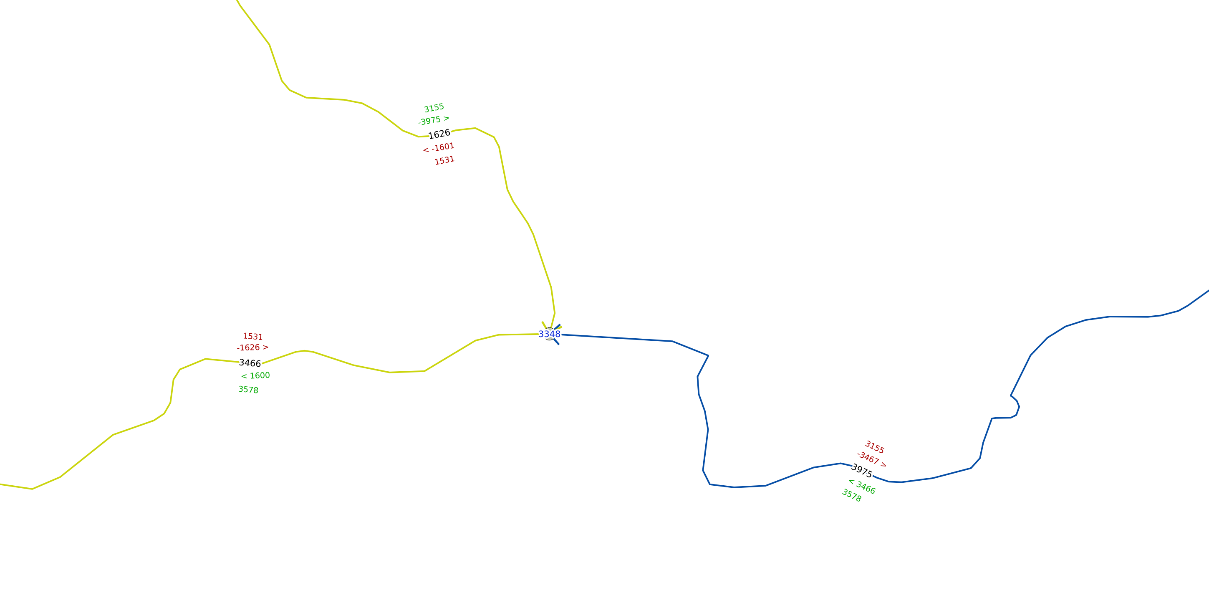The conceptual model
Before we start working with topology, we need to discuss the key concepts behind the PostGIS topological data model. PostGIS topology implementation is based on ISO standard 13249 - Information technology - Database languages - SQL multimedia and application packages - Part 3: Spatial. The standard name is often abbreviated as ISO SQL/MM. This standard defines two data models for topology: TopoGeometry and TopoNetwork; PostGIS implements only the former.
In this model, there are three kinds of elements/primitives used to compose geospatial features: nodes, edges, and faces.
Nodes are point features. They can exist on their own (isolated nodes) or serve as connection points for linear features (the edges). For example, this is a Czech-Polish-Slovak tripoint near Jaworzynka village, which contains a node and three edges:

An example of topological data: a node and three edges
In topology, only one node can appear for a specified coordinate pair - if there are more nodes in...
































































